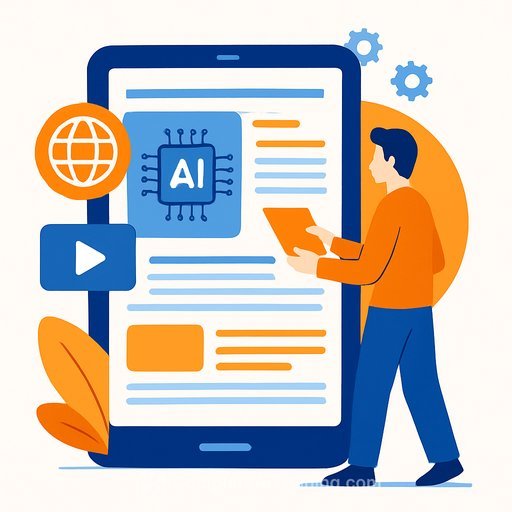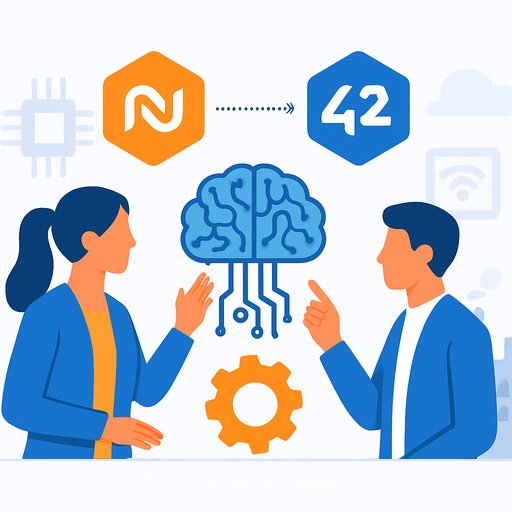Meta names Vishal Shah to lead AI product management: What product teams should take from it
Meta has appointed longtime insider Vishal Shah to head product management for its AI products. The company is redirecting senior operators into AI as it competes with Microsoft, OpenAI, and Anthropic on model quality and distribution.
Shah previously ran product management for Instagram for over six years, then moved to vice president of Metaverse in 2021. The move was first reported by the Financial Times; he will report to Meta's head of AI product, Nat Friedman, according to that report. Meta confirmed the appointment but did not share further details with Reuters.
This comes a week after Meta reshuffled its AI org and cut around 600 roles in its Superintelligence Labs unit to make the group more flexible and responsive. In short: they're tightening the loop between research, product, and shipping.
Why this matters for product leaders
- Execution signal: an operator who shipped at Instagram will now steer AI products. Expect bias for shipping, not demos.
- Platform mindset: shared AI capabilities pushed into multiple surfaces (Feed, Reels, Messaging, Ads) instead of one-off features.
- Clear ownership: consolidating AI product decisions under a single leader shortens decision cycles and reduces cross-team thrash.
- Resource reallocation: headcount and budget move to AI. Everything else must justify itself harder.
What this likely means for Meta's AI roadmap
- AI inside core apps first, new apps later. Leverage distribution before net-new bets.
- Stronger eval pipelines: offline evals, human review, and tight A/B loops before wide rollouts.
- Latency and cost are product features. Expect big pushes on inference efficiency and caching.
- Safety and policy baked in earlier. Fewer last-minute blockages at launch.
How to apply this inside your product org
- Appoint a single accountable owner for AI across surfaces. Make escalation paths obvious.
- Stand up an eval stack: offline test sets, human rating tools, online guardrails, and rollback switches.
- Define success metrics that blend model and product outcomes: quality score (win rate vs. control), latency budgets, cost per request, safety incidents per 1k prompts, and retention impact.
- Prioritize platform work. Build shared services (prompting, safety, logging, feature flags) before bespoke features.
- Create a two-speed roadmap: platform track (foundations) and bets track (surface-level wins). Gate bets on platform readiness.
- Invest in cross-functional pods: PM + research + infra + policy + data science. Keep teams small and owner-led.
- Audit vendor and model choices quarterly. Don't get stuck on one model if quality or cost drifts.
Signals to watch next
- Where Shah places the first big chips: assistants inside Instagram/WhatsApp, creator tools, or ads relevance.
- Hiring moves around evaluation, safety, and inference optimization.
- Cadence of public launches vs. private tests. Faster cycles mean the org design is working.
- Partnerships and spend: in-house models vs. external APIs.
Context and references
Meta continues to push AI across its ecosystem while competing with other model developers and platforms. For background on these players, see Meta AI and OpenAI.
Quick checklist for product leads
- Name one owner for AI product decisions.
- Ship an eval harness before shipping a feature.
- Set clear SLAs: latency, cost caps, safety thresholds.
- Instrument everything: prompts, responses, user actions, rollback signals.
- Review your AI backlog weekly. Kill weak bets early.
- Upskill your team on prompt patterns, UX for assistants, and safety-by-design.
If you're building AI features and want structured upskilling for product roles, explore these resources: AI courses by job and prompt engineering guides.
Your membership also unlocks:






